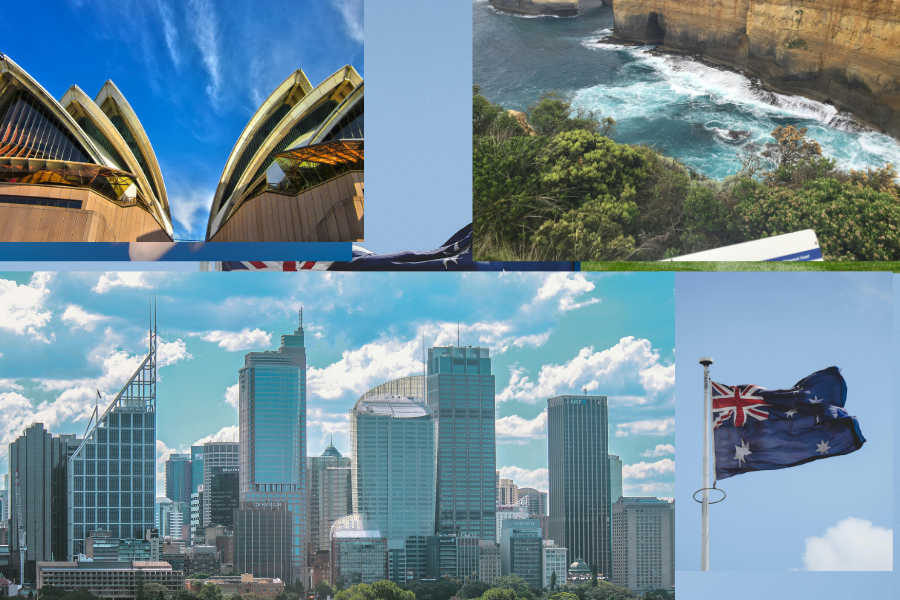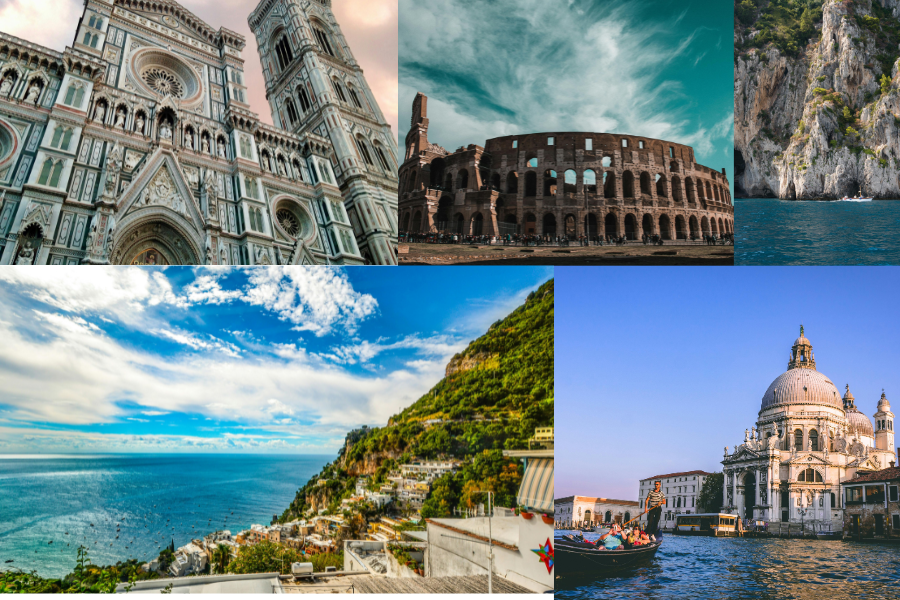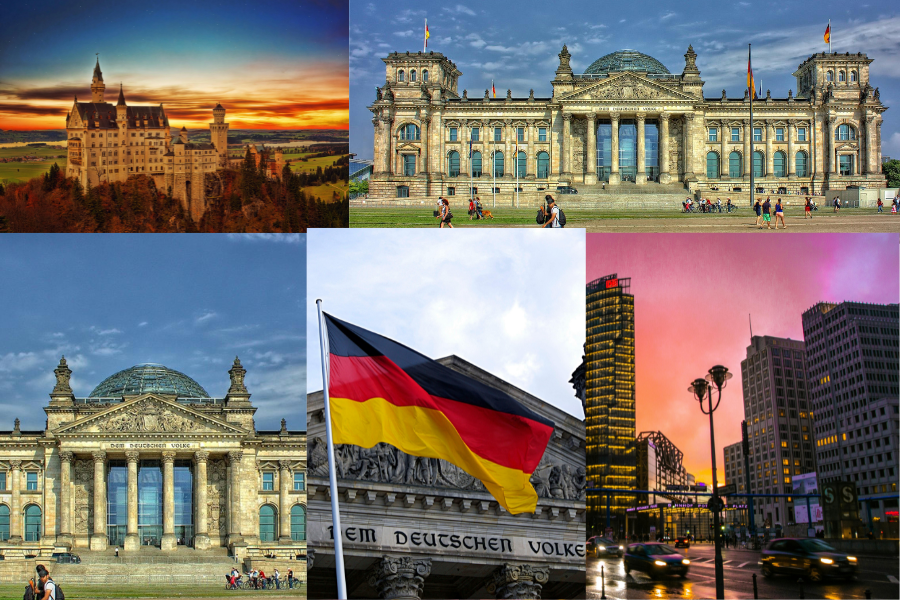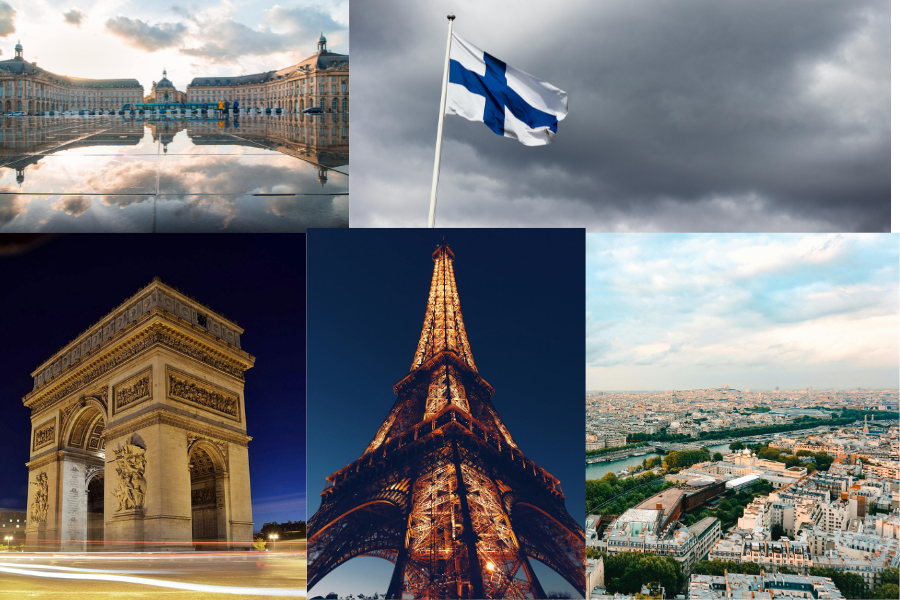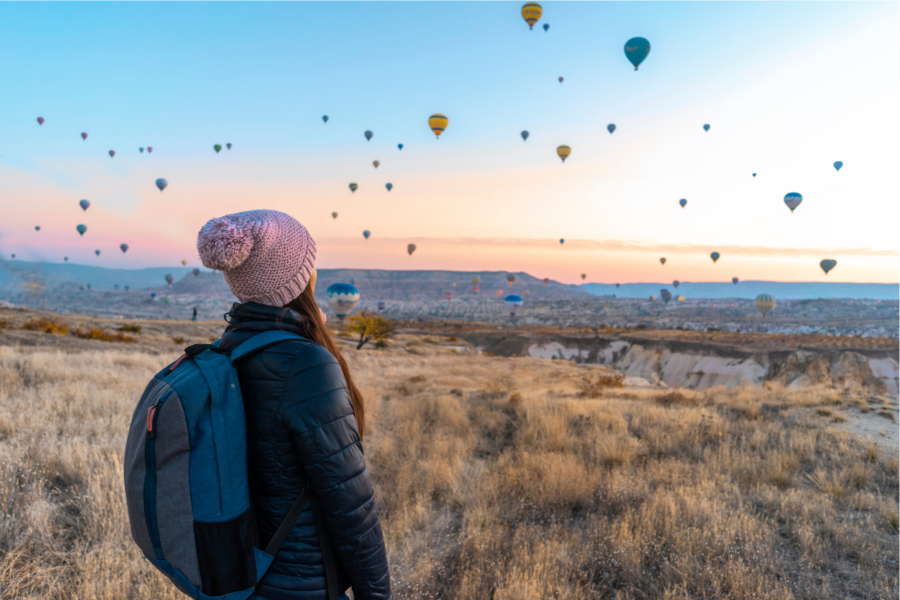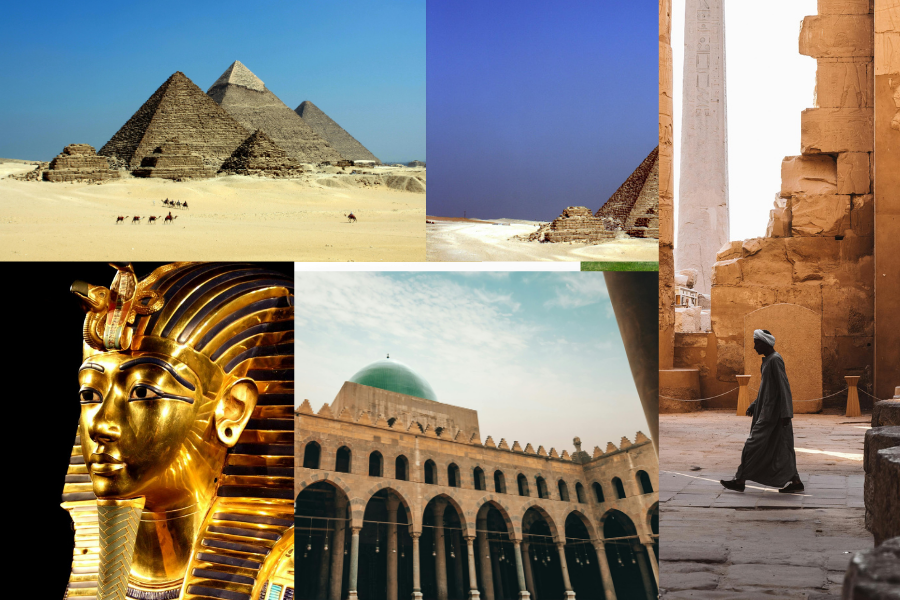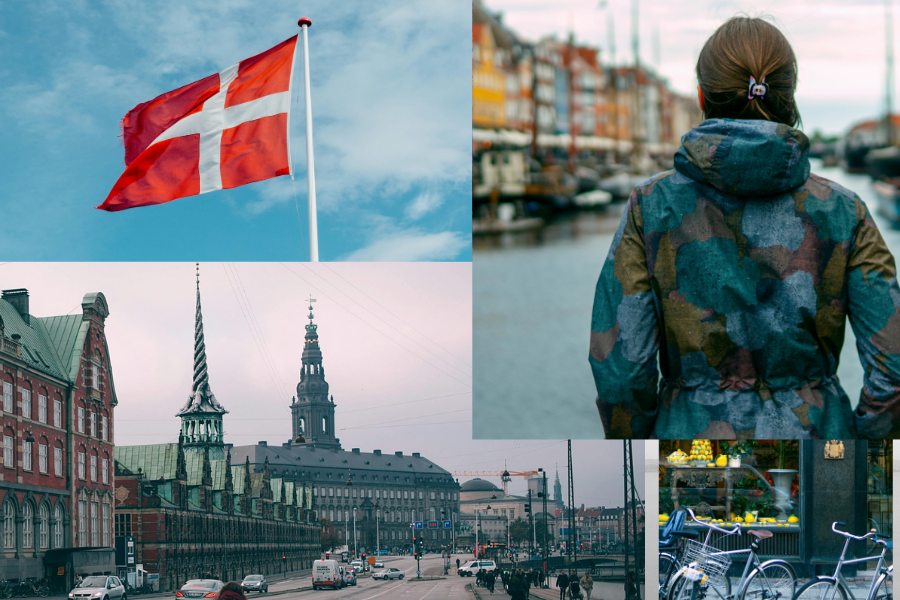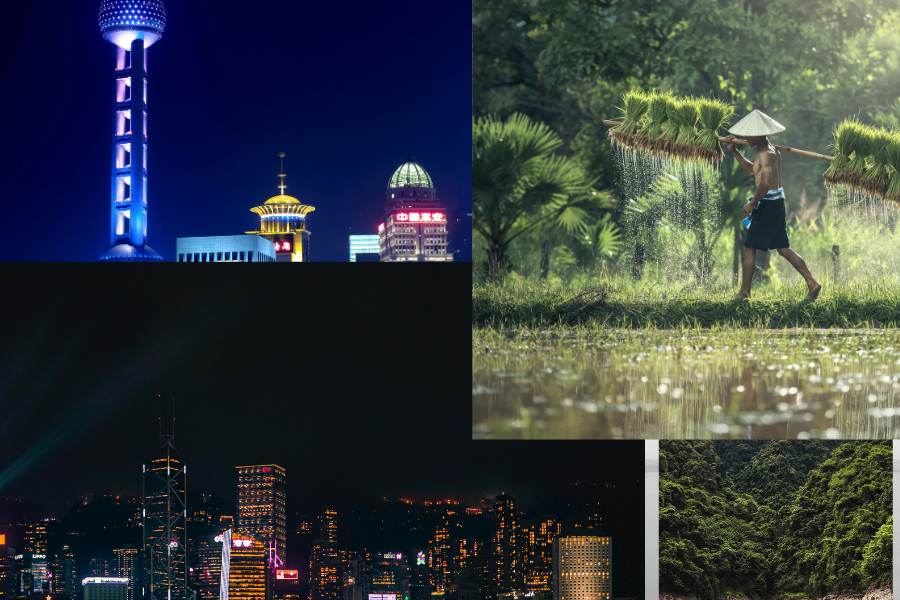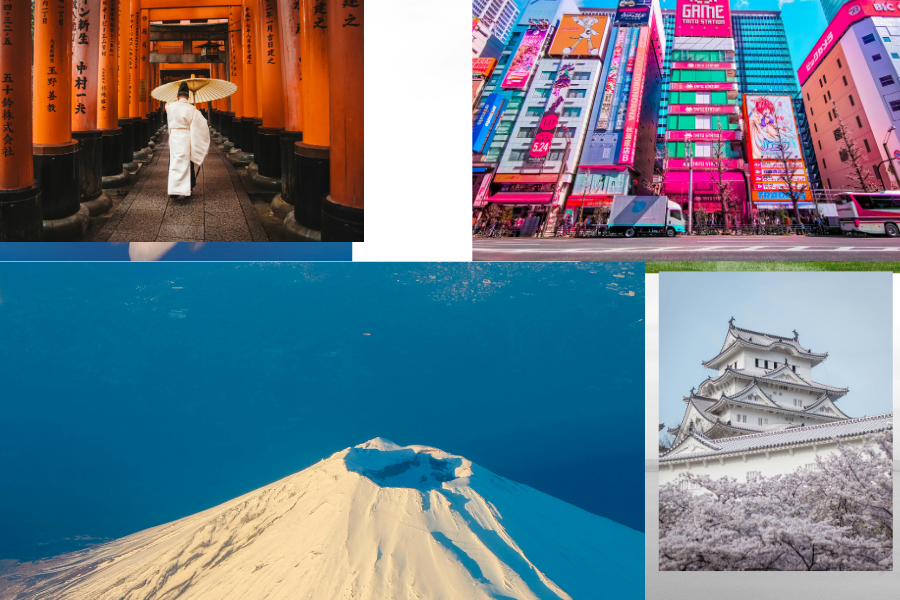Australia details :
Australia, officially the Commonwealth of Australia, is a nation brimming with diversity, natural wonders, and a unique cultural tapestry. It encompasses the entire mainland of the Australian continent, the island of Tasmania, and numerous smaller islands, making it the largest country in Oceania and the sixth-largest globally.
Geography:
- Vast and varied: Australia boasts a remarkable range of landscapes, from arid deserts in the Outback to lush rainforests in the tropics, snow-capped mountains in the southeast, and pristine coastline stretching over 34,000 kilometers.
- Unique ecosystems: Australia is a biodiversity hotspot, home to a staggering number of endemic species found nowhere else on Earth, like koalas, kangaroos, and kookaburras.
- Diverse climate zones: The country experiences a spectrum of climates, from tropical in the north to temperate in the south, with distinct wet and dry seasons across regions.
History and Culture:
- Indigenous heritage: Australia has the oldest continuous civilization on Earth, with Aboriginal and Torres Strait Islander cultures dating back over 65,000 years. Their rich traditions, storytelling, and connection to the land are deeply woven into the national fabric.
- Multicultural society: Australia is a vibrant melting pot of cultures, with a significant immigrant population contributing to its dynamic social landscape and diverse cuisine.
- Laid-back lifestyle: Australians are known for their relaxed and friendly approach to life, evident in their love for outdoor activities, barbecues (called “barbies”), and a strong sense of community.
India to Australia Transportation:
Flight Cost:
- Expect to pay between ₹30,000 and ₹100,000 for round-trip flights from India to Australia. The price will vary depending on several factors, including:
- Airlines: Different airlines have different pricing structures. Some of the popular airlines that fly from India to Australia include Qantas, , Virgin Australia, Singapore Airlines, and Emirates.
- Season: Flights are typically more expensive during peak season (June to August and December to January). You can usually find cheaper fares by flying during the shoulder seasons (April to May and September to November) or the off-season (February to March and October to November).
- Class: Economy class tickets are the cheapest, but business class and first class tickets will be more expensive.
- Route: The price of your flight will also depend on the route you take. For example, flights from Delhi to Sydney are generally more expensive than flights from Mumbai to Melbourne.
Buses:
No direct routes exist. Consider connecting flights from India to Singapore or Malaysia followed by buses within Australia. This option is less convenient and likely more expensive.
Trains:
Combining Flights and Trains:
- Flights: Connect from major Indian cities like Delhi, Mumbai, or Chennai to Singapore or Kuala Lumpur. Popular airlines include Qantas, Jetstar, Singapore Airlines, and Emirates.
- Trains: While there are extensive train networks within Singapore and Malaysia, there are no direct train routes to Australia. Connecting to ferry/cruise options would be necessary.
Ferry/Cruise Ships:
- From Singapore: Several luxury cruise lines offer routes from Singapore to Australia, with varying durations and price points. These journeys can take several days and are often quite expensive.
- From Malaysia: Less frequent ferry services operate between Malaysia and Australia, typically taking longer and being less convenient than cruise options.
Considerations:
- Cost: Combining flights, trains, and ferries/cruise ships can be significantly more expensive than a direct flight, due to multiple bookings and potential visa requirements.
- Time: This option is incredibly time-consuming, potentially taking weeks compared to a direct flight’s 10-12 hours.
- Convenience: Managing separate bookings, luggage transfers, and potential visa applications can be challenging.
Accommodation:
inding the Right Accommodation in Australia: From Budget Hostels to Luxe Hotels
The cost of your hotel stay in Australia can vary widely depending on several factors:
Location:
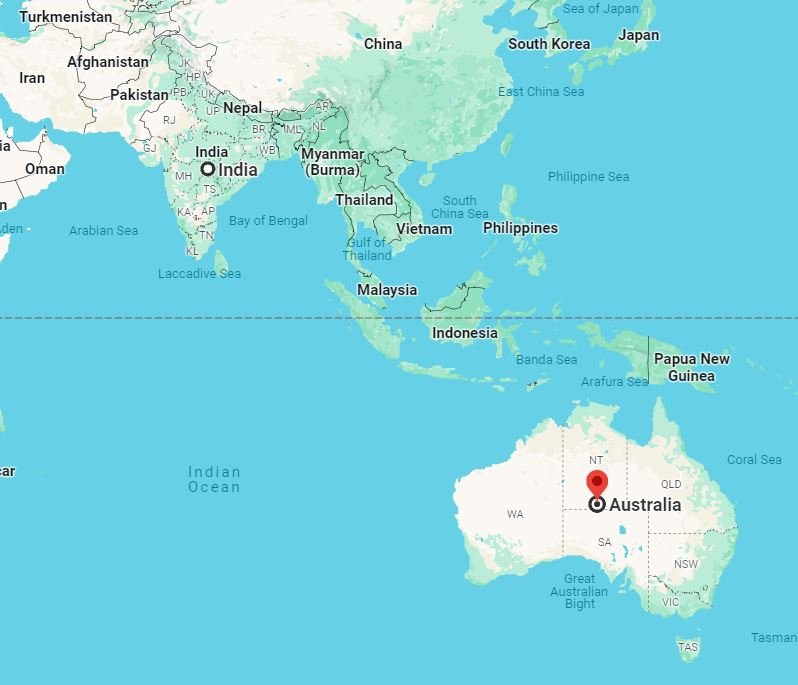
- Major cities: Expect higher prices in popular tourist destinations like Sydney, Melbourne, and Perth.
- Regional towns: You’ll find more affordable options in smaller towns and coastal resorts.
- Remote areas: Costs can be higher due to limited availability and unique experiences offered.
Season:
- Peak season (June-August, December-January): Accommodation prices are at their highest during these periods.
- Shoulder seasons (April-May, September-November): Prices start to drop, offering better value.
- Off-season (February-March, October-November): These are the cheapest times to find deals.
Type of Accommodation:
- Luxury hotels: Expect to pay upwards of ₹10,000 per night for opulent amenities and prime locations.
- Mid-range hotels: Offering comfort and convenience, these typically range from ₹3,000 to ₹7,000 per night.
- Budget hotels and guesthouses: More basic options, starting from ₹1,500 per night.
- Hostels: Ideal for budget travelers, offering dorm beds from ₹500 to ₹1,000 per night.
- Airbnb and vacation rentals: Can offer unique experiences and potentially lower costs, but research regulations and fees beforehand.
Visa and Passport Information for Traveling to Australia from India
Visas:
- Mandatory for Indian citizens: All Indian citizens require a valid visa to enter Australia, regardless of the purpose of their visit.
- Application process: You can apply for an Australian visa online through the ImmiAccount portal (https://immi.homeaffairs.gov.au/help-support/applying-online-or-on-paper/online) or in person at the Australian embassy/consulate in India.
- Different visa types: Australia offers various visa types depending on your travel purpose, such as:
- Tourist visa (Subclass 600): Ideal for short-term leisure trips, valid for up to 3 months (with possible extensions).
- Working Holiday visa (Subclass 462): Allows limited work opportunities while exploring Australia, valid for 1 year (with possible second-year extension).
- Student visa (Subclass 500): For pursuing educational programs in Australia.
- Business visa (Subclass 457): For conducting business activities in Australia.
Passport Requirements:
- Valid passport: All Indian citizens must possess a valid passport with at least 6 months of remaining validity beyond your intended departure date from Australia.
- Blank passport pages: Ensure your passport has enough blank pages for any required visas and entry/exit stamps.
- Passport renewal: If your passport is nearing expiry, renew it well in advance to avoid delays.
Additional Tips:
- Start researching and applying for your visa well in advance, especially during peak travel seasons.
- Carefully review the specific requirements and conditions associated with your chosen visa type.
- Ensure you have all necessary documentation ready when applying for your visa.
- Pay close attention to visa processing times and factor them into your travel planning.
- Double-check your passport validity and renewal requirements before booking your trip.
Remember:
- Visa requirements and regulations can change, so always refer to the official Australian government website for the latest information: https://www.homeaffairs.gov.au/.
- This information is intended for general guidance only and does not constitute professional legal advice.
Getting to grips with Australian currency
Australia’s official currency is the Australian Dollar (AUD). Unlike India’s rupee, it’s a decimal currency, with 100 cents in each dollar. As of today, the exchange rate is roughly 1 AUD = 53 INR, but it can fluctuate, so always check for the latest rate before your trip.
Here’s a quick overview of what you need to know:
- Cash or card? Both are widely accepted in Australia, but it’s always good to have some cash on hand for smaller purchases or emergencies.
- Where to exchange your rupees? You can exchange your rupees at airports, banks, money exchange offices, or even some hotels. Compare rates and fees beforehand to get the best deal.
- ATM withdrawals: ATMs are readily available in major cities and towns. However, be aware of international transaction fees charged by your bank and the ATM operator.
- Tipping: Tipping is not expected in Australia, but it’s appreciated for exceptional service. Rounding up the bill or leaving a small amount is perfectly acceptable.
Here are some resources to help you navigate the currency exchange:
- XE Currency Converter: [https://www.xe.com/]
- Reserve Bank of Australia: [https://www.rba.gov.au/]
Embark on a Culinary Adventure in Australia: From Aussie Classics to Global Delights
Australia promises a feast for the senses, offering a vibrant culinary scene that reflects its multicultural population and diverse landscapes. Buckle up for a taste bud tour!
Aussie Classics with a Twist:
- Sink your teeth into:
- Succulent lamb: From juicy roasts to fragrant kebabs, savor the iconic Aussie love for lamb.
- Fresh seafood: Indulge in delectable options like fish and chips, prawns, and oysters, often sourced from pristine waters.
- Barbecue (BBQ): A true Aussie tradition, featuring grilled meats, sausages, and veggies, perfect for picnics or casual gatherings.
- Vegemite: A spread made from brewer’s yeast extract, loved by many for its unique savory flavor. (Be prepared for an acquired taste!)
Global Flavors to Tantalize:
- Embark on a culinary journey:
- Spicy delights: Explore Indian curries, Thai stir-fries, and Vietnamese pho for an explosion of aromas and flavors.
- Italian comfort: Indulge in classic pizzas, pastas, and risottos, often with fresh local ingredients.
- Mexican fiesta: Savor tacos, burritos, and margaritas, bringing a taste of Latin America to your plate.
- Asian Fusion: Discover innovative dishes that blend Asian influences with local produce, creating exciting culinary experiences.
Budget-Friendly Bites and Upscale Feasts:
- Food costs vary: Expect prices to be higher than in India, but options cater to all budgets.
- Casual meals: Budget around ₹300-₹500 for delicious meals at cafes, food courts, or pub bistros.
- Fine dining: Prepare to spend ₹1000+ for upscale restaurants offering gourmet experiences.
Insider Tips:
- Explore local markets: Find fresh produce, artisanal goods, and street food stalls for a unique and affordable culinary adventure.
- Support cafes and bakeries: Savor delicious coffees, pastries, and light meals in independent cafes and bakeries.
- Pack a picnic: Enjoy the beautiful outdoors with a homemade lunch featuring local cheeses, fruits, and breads.
Top Places to Visit: 10 Diverse Destinations in Australia
Australia’s vastness and varied landscapes offer experiences far beyond the usual blog highlights. Here’s a curated list of 10 unique destinations, each promising an unforgettable encounter:
1. Lord Howe Island: Escape to this UNESCO World Heritage gem, a volcanic island paradise 600km east of Sydney. Hike volcanic peaks, snorkel in turquoise waters teeming with diverse marine life, and witness rare birdlife, including the majestic Kentia palm lorikeet.
2. Coffin Bay: Immerse yourself in a true seafood haven on the Eyre Peninsula in South Australia. Learn about sustainable oyster farming, hand-shuck your own fresh oysters, and explore pristine beaches and rugged coastline.
3. Whitehaven Beach, Whitsunday Islands: Escape to this silica-sand paradise, consistently ranked among the world’s best beaches. Walk along the pristine sandbar stretching 7km, swim in turquoise waters, and soak up the breathtaking beauty of the Whitsundays.
4. Bungle Bungle Range, Purnululu National Park: Witness the mesmerizing “beehive” domes, sandstone formations dating back millions of years, in this remote corner of Western Australia. Hike through ancient gorges, discover Aboriginal rock art, and experience the vastness of the Outback.
5. Maria Island, Tasmania: Explore this convict-turned-national-park island, home to diverse wildlife like wombats, penguins, and pademelons. Hike through rugged landscapes, witness dramatic coastline, and enjoy the island’s unique history and charm.
6. Nitmiluk National Park (Katherine Gorge), Northern Territory: Cruise through the majestic Nitmiluk Gorge, a series of 13 gorges carved over millions of years. Discover Aboriginal rock art, swim in natural pools, and learn about the rich cultural heritage of the region.
7. Flinders Ranges, South Australia: Hike through ancient mountain ranges, encounter unique wildlife like echidnas and red kangaroos, and witness the dramatic Wilpena Pound, a natural amphitheater formed millions of years ago.
8. Coral Bay, Western Australia: Dive into the vibrant coral reefs of Ningaloo Reef, a UNESCO World Heritage Site, teeming with diverse marine life. Encounter whale sharks, manta rays, and colorful fish in this underwater paradise.
9. Kalbarri National Park, Western Australia: Explore a landscape sculpted by the Murchison River over millions of years. Hike through gorges, discover hidden waterfalls, and witness the dramatic Murchison Gorge, known as “nature’s masterpiece.”
10. Mungo National Park, New South Wales: Journey back in time to one of the oldest human settlements in Australia, dating back over 40,000 years. Discover ancient lake beds, learn about Aboriginal culture, and experience the vastness of the Willandr Lakes World Heritage Area.
Bonus Tips:
- Get travel insurance before your trip.
- Learn about Australian customs regulations.
- Download travel apps for navigation, translation, and local recommendations.
- Pick up some basic Australian phrases.
- Be aware of Australian holidays and festivals that might impact your travel plans.
Start planning your dream Aussie adventure today! Remember to customize your itinerary, embrace flexibility, and soak in the stunning landscapes, friendly people, and unique culture of Australia!

